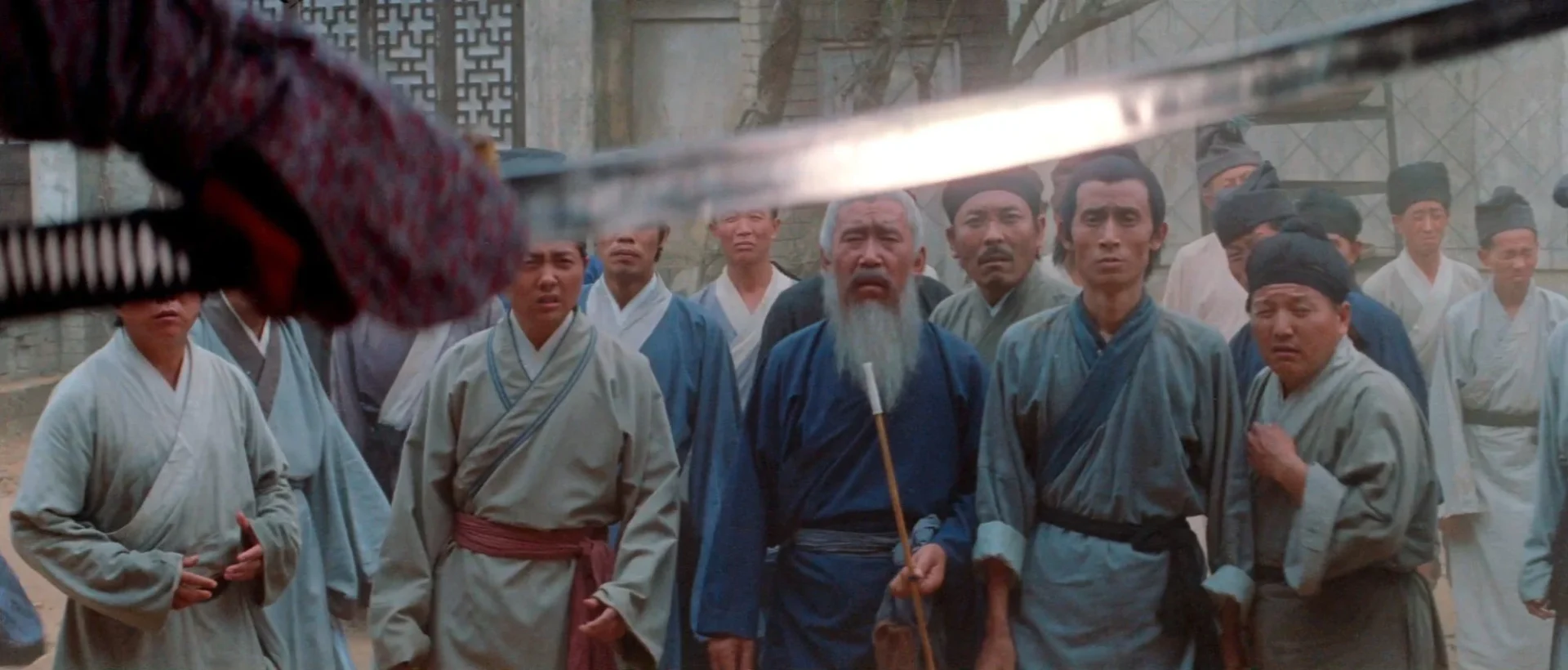Celebrated for his leading roles in films like “One-Armed Swordsman”, Jimmy Wang Yu later emerged as a noteworthy director in his own right. Among his directorial ventures, “Beach of the War Gods” (1973) stands out. Not only does the film bear the unmistakable influence of Akira Kurosawa’s iconic “Seven Samurai”, but it also offers a fascinating fusion of war and martial arts narratives, making it unique in Hong Kong cinema’s annals.
In “Beach of the War Gods”, Wang crafts a story about Chinese villagers who join forces with martial artists to repel Japanese pirates. This narrative, echoing Kurosawa’s masterwork, is replete with large-scale battle sequences reminiscent of classic war films.
Frank Djeng, an expert on Asian film, recently shared his insights on this underappreciated classic. According to Djeng, Wang Yu’s admiration for Kurosawa’s samurai films, especially the chanbara (Japanese sword fighting) genre, is evident throughout. From the central narrative structure, paralleling “Seven Samurai“, to the cinematic introduction of the character Hsiao Feng, which mirrors Toshiro Mifune’s iconic entrance in “Yojimbo”, Wang’s homage to Kurosawa is clear.
However, “Beach of the War Gods” isn’t just another martial arts film. Djeng suggests that its core lies closer to the war film genre. The meticulous attention to strategic planning and the immense emphasis on a significant battle against Japanese pirates lend weight to this assessment.
A striking feature of the film is its concluding battle sequence, spanning an astounding 47 minutes. This sequence is not only the longest in Hong Kong cinema history but also stands out for the genuine fighting spirit displayed by the background extras. In many instances, action sequences in films of this era showcased extras passively waiting their turn to engage, but Wang Yu insisted on authenticity, resulting in a more immersive and realistic battle atmosphere.
Moreover, Wang’s focus on showcasing genuine samurai swordplay techniques lends a sense of authenticity to the fight sequences. Given the narrative’s anti-Japanese sentiment — which Djeng notes was prevalent in Hong Kong and Taiwan due to the lasting memories of the Sino-Japanese war and the Japanese occupation of Hong Kong — this attention to detail heightens the film’s impact.
Interestingly, despite being a Hong Kong production, the film was shot in Taiwan. Wang Yu’s earlier legal tussle with Shaw Brothers resulted in his move to Taiwan, making “Beach of the War Gods” predominantly a Taiwanese production, with most cast and crew hailing from Taiwan.
By the time of its fifth directorial venture, Wang Yu’s filmmaking prowess had certainly evolved. Djeng praises the film’s quality, noting that it surpasses many Hong Kong and Taiwanese films of its time, both in terms of narrative dialogue and action choreography. Nonetheless, Djeng also acknowledges the film’s flaws, particularly its exclusion of female characters.
Drawing parallels with legendary director King Hu, Djeng recognizes significant cinematic influences, particularly from King Hu’s works like “Dragon Inn” and “A Touch of Zen”. The trampoline jumps and the framing shots bear a striking resemblance.
Despite its merits, “Beach of the War Gods” had a short-lived run at the Hong Kong box office. Released at a time when Bruce Lee’s hand-to-hand combat films dominated, Wang Yu’s swordplay-centric film seemed out of sync with audience preferences. Additionally, its predominant Taiwanese cast, unfamiliar to Hong Kong audiences, may have affected its reception.
Nevertheless, “Beach of the War Gods” remains a testament to Wang Yu’s directorial vision and his ability to blend genres seamlessly, providing viewers with an immersive cinematic experience.
READ MORE:
